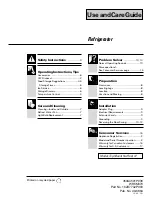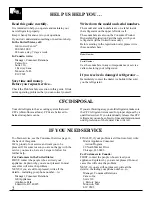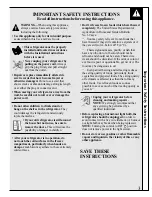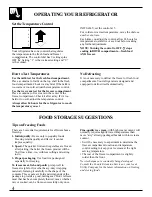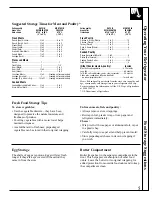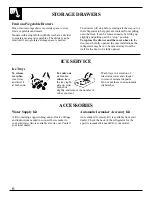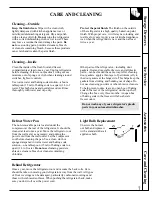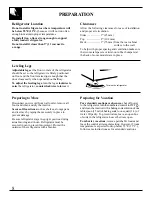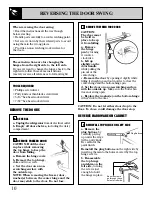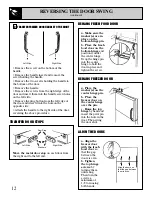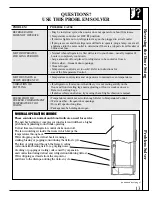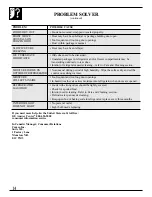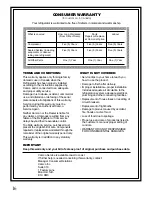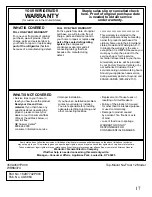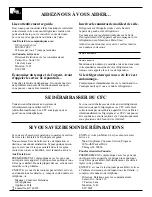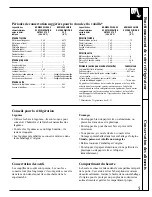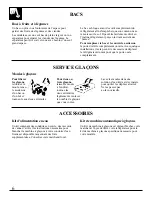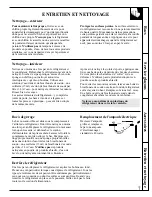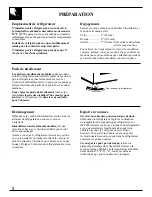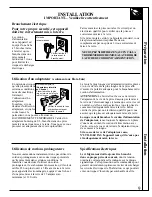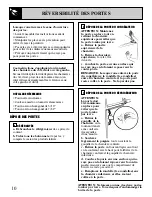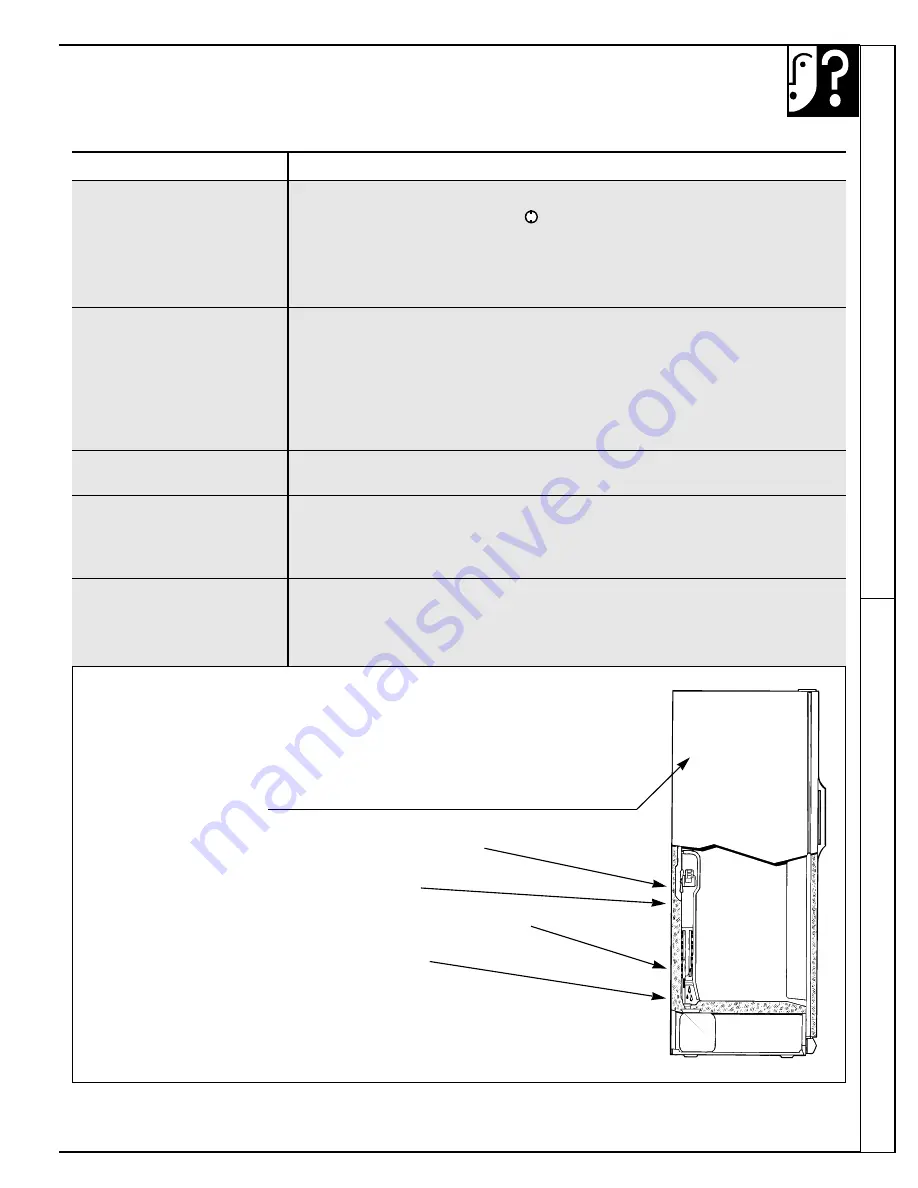
QUESTIONS?
USE THIS PROBLEM SOLVER
PROBLEM
POSSIBLE CAUSE
REFRIGERATOR
• May be in defrost cycle when motor does not operate for about 30 minutes.
DOES NOT OPERATE
• Temperature control set at OFF
position.
• If interior light is not on, refrigerator may not be plugged in at wall outlet.
• If plug is secure and the refrigerator still fails to operate, plug a lamp or a small
appliance into the same outlet to determine if there is a tripped circuit breaker or
burned out fuse.
MOTOR OPERATES
• Normal when refrigerator is first delivered to your home—usually requires 24
FOR LONG PERIODS
hours to completely cool down.
• Large amounts of food placed in refrigerator to be cooled or frozen.
• Hot weather—frequent door openings.
• Door left open.
• Temperature control is set too cold. Refer to instructions for
use of the Temperature Control.
MOTOR STARTS &
• Temperature control starts and stops motor to maintain even temperatures.
STOPS FREQUENTLY
VIBRATION OR
• If refrigerator vibrates, more than likely it is not resting solidly on the
RATTLING
floor and front leveling legs need adjusting or floor is weak or uneven.
Refer to Leveling Legs.
• If dishes vibrate on shelves, try moving them. Slight vibration is normal.
FRESH FOOD OR
• Temperature control not set cold enough. Refer to Temperature Control.
FREEZER COMPARTMENT
• Warm weather—frequent door openings.
TEMPERATURE TOO
• Door left open for long time.
WARM
• Package may be holding door open.
NORMAL OPERATING SOUNDS
These sounds are normal and do not indicate a need for service.
The new high efficiency compressor runs faster and will have a higher
pitch hum or pulsating sound while operating.
Defrost timer and refrigerator control clicks on and off.
The fan circulating air inside the freezer which keeps the
temperatures throughout.
Water dropping on the defrost heater causing a
sizzling, hissing or popping sound during the defrost cycle.
The flow of refrigerant through the freezer cooling
coil sounds like boiling water or a gurgling noise.
Cracking or popping of cooling coils caused by expansion
and contraction during defrost and refrigeration following defrost.
Water dripping as it melts from the evaporator
and flows to the drain pan during the defrost cycle.
Reversing the Door Swing
Pr
oblem Solver
(continued next page)
13
Summary of Contents for UseandCareGuide
Page 18: ...18 NOTES ...
Page 36: ...18 NOTES ...

